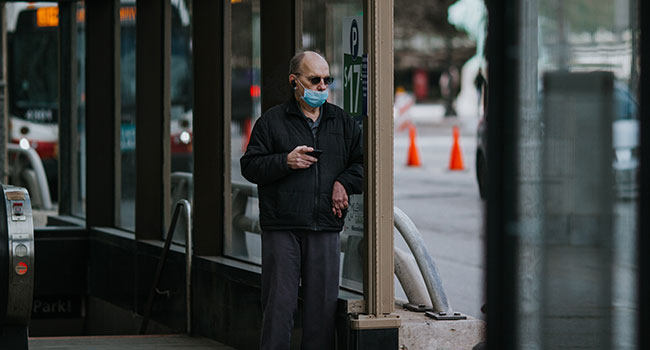 On Sept. 18, Israel became the first developed country to launch a second COVID-19 lockdown. It came four months after the first lockdown – instituted in March – ended.
On Sept. 18, Israel became the first developed country to launch a second COVID-19 lockdown. It came four months after the first lockdown – instituted in March – ended.
How Israeli citizens have reacted to the unsustainable nature of renewed lockdowns is instructive for the Canadian jurisdictions that have increased a rhetoric of fear about a second wave.
Reactions to the second Israeli lockdown seem worrisome. Shops and restaurants opened in protest despite fines of US$1,500 per day; religious gatherings and public protests were organized in defiance of the new orders.
In the first week alone, more than 7,000 Israeli police officers patrolled streets and manned checkpoints. They handed nearly 5,000 tickets to people violating the permitted one-km-radius zone from their homes, and close to 200 tickets for failing to wear mandatory masks. Some restaurant owners were arrested for refusing to close.
Since then, the resistance, discontent and civil disobedience have increased. Reluctant liberal democratic societies can only tolerate so much enforcement.
In reaction to increasing numbers of COVID-19 infections in the province, the Quebec government has instituted a partial lockdown.
Given that infections don’t by a long shot equal hospitalizations, civil libertarians are rightly sounding warning bells.
Ironically, the new measures are in place as we mark the 50th anniversary of the October Crisis, a painful chapter in Quebec history. Reacting to threats of domestic terrorism after the murders of a Quebec minister and a foreign diplomat, then-prime minister Pierre Trudeau sent troops into the streets of Montreal as if it were Northern Ireland. Memories of countless violations of fundamental rights against so many suspected of sympathizing with the separatist terrorists, forcibly rounded up, beaten and abused, still haunt surviving Quebecers.
Next door, Ontarians should worry about their premier’s vaporous rhetoric. On Sept. 14, Doug Ford heightened the COVID-19 panic. Following 31,143 tests and 313 new cases (one per cent of those tested), Ford talked of a second COVID-19 wave: “I believe it is coming as sure as I am standing here.”
A second, partial lockdown, has now been invoked in some regions of Ontario.
Ford boasts that Ontario leads Canada, reaching 40,000 daily tests and aiming for 50,000. The connection between “hammering the testing,” as Ford calls it, and the infection increases seems to be ignored. The more tests, the more infected cases.
Alarmist headlines emphasizing case growth scare some but only harden existing skeptics and make new ones. The overblown emphasis on infections informs little and drives fears that may backfire. The pertinent counts should be hospitalizations and deaths.
Ontarians should be equally concerned with the escalating language and condescending vitriol toward challengers, skeptics, and rule-breakers. Last month, Ford implied that people who attended an car rally in Ancaster are brainless and vowed to track them down for “putting people’s lives in jeopardy.”
There’s no evidence that the alleged brainless have infected anyone, yet the premier’s comments pave the way for unleashing coercive machinery against those who may legitimately disagree with his inflated medical rhetoric, his punishing instincts and the desire to paint himself as a saviour.
Unless there’s a rational perspective about the rising number of infections and reasonable mitigating strategies to protect the vulnerable, the alarmist rhetoric risks becoming another harmful lockdown – while increasing skepticism and resistance.
These are dangerous precedents for healthy Canadians who wish to challenge continued or resumed lockdown conditions, and the fear-laden language of public medical officials.
Marco Navarro-Génie is senior fellow with the Frontier Centre for Public Policy and the president of the Haultain Research Institute. He is co-author, with Barry Cooper, of the upcoming COVID-19: The Politics of a Pandemic Moral Panic.
Marco is a Troy Media Thought Leader. Why aren’t you?
The views, opinions and positions expressed by columnists and contributors are the author’s alone. They do not inherently or expressly reflect the views, opinions and/or positions of our publication.

